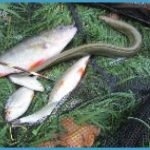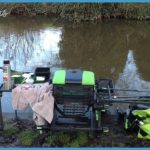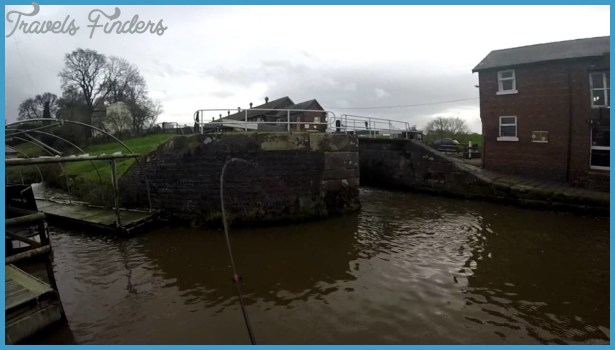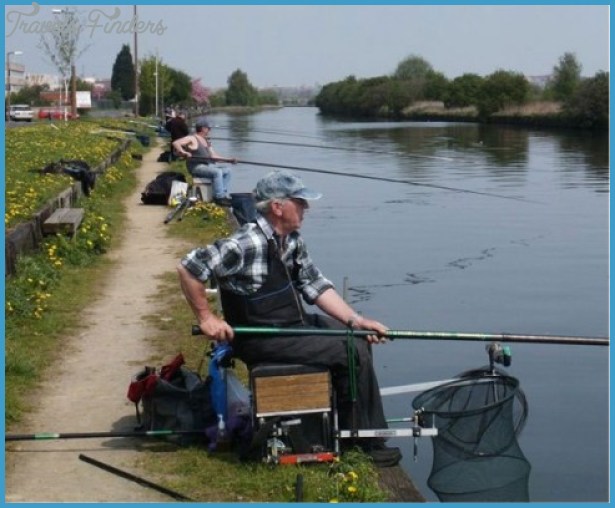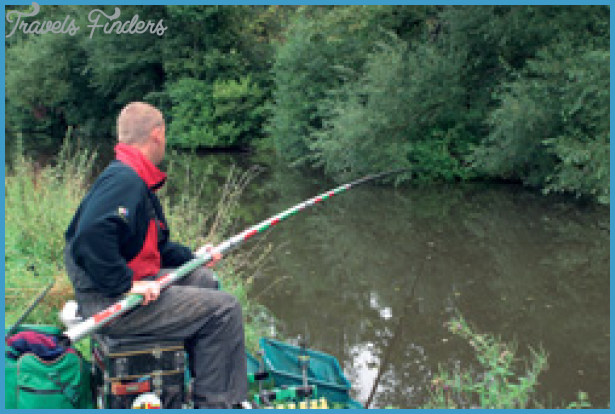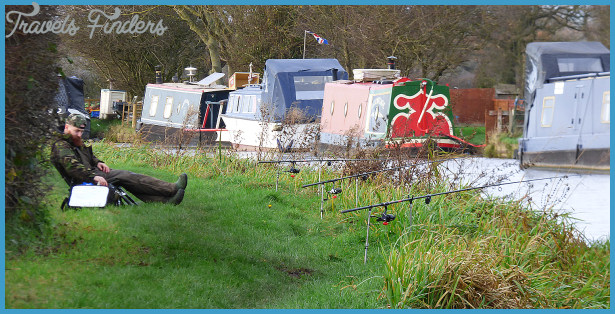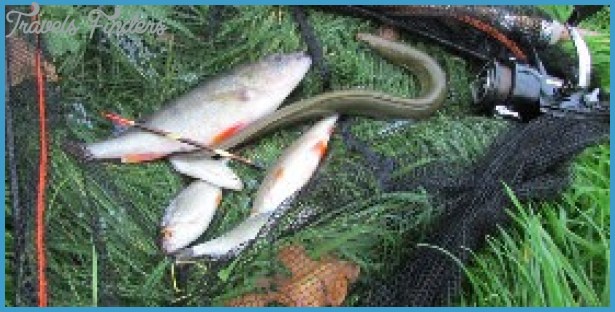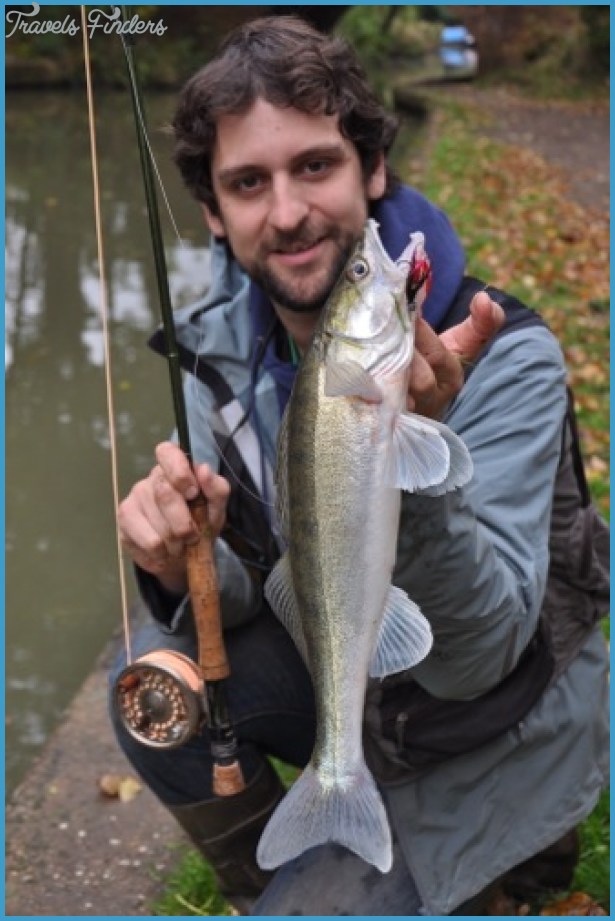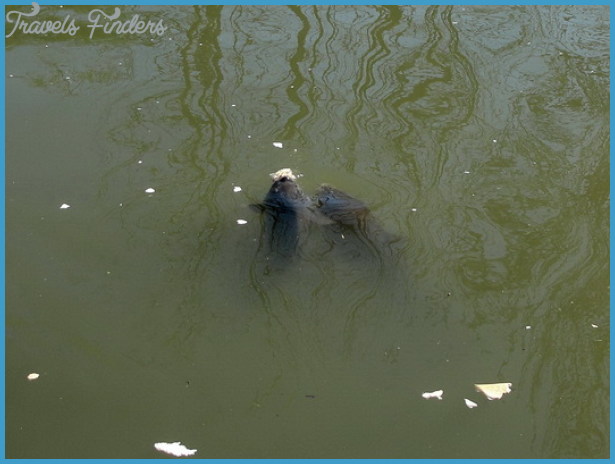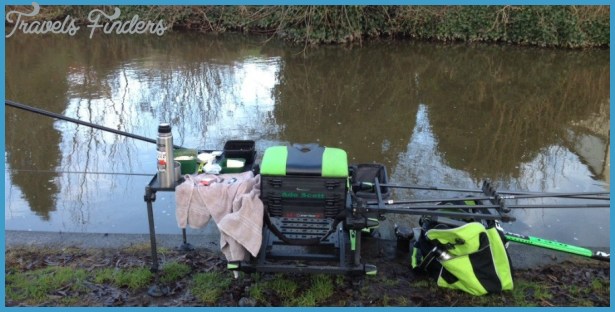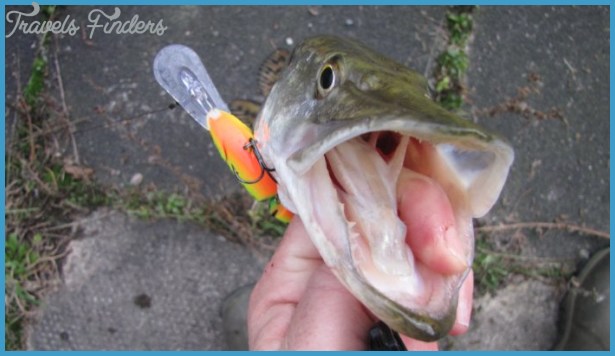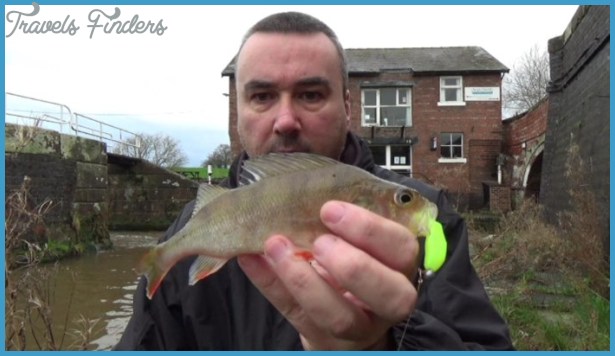Sunny Side Up
The techniques of catching rudd needn’t be complex, but perhaps we should start with the classic weight-building methods. A waggler or pole can be used to devastating effect to present a bait up in the water. For a deadly, slow-sinking presentation, rigs ofen feature just one or even no shot whatsoever down the line to give a perfectly languid, natural fall of the bait.
Regular loose feed is the key to catching good weights of fish from one peg. Maggots are highly effective, but casters can form a more selective offering to pick off the better shoal fish. Bread is also a safe bet on clear canals, but this is where match and specimen disciplines part: while you might catch dozens of fish on liquidised feed and punch on a small hook, there is no finer big rudd bait than a large pinch of flake or floating crust on a size 10-12 hook.
Shropshire Union Canal Fishing Photo Gallery
In warm weather, floating bread is an especially exciting way to target quality rudd. Typically, I would opt to travel light with just one rod and a decent supply of bait, spending no more than half an hour in any one spot. By throwing pieces of broken bread into each swim, you’ll quickly establish whether there are any good fish present. The float rig can be dispensed with entirely in this situation, with a largish piece of crust simply free-lined into the area.
Rudd are not ludicrously shy and do not generally require gossamer-thin tackle. A light float rod and 3lb line is a nice, balanced outfit. While they are not the most powerful opponents, rudd do like snaggy or weedy areas and a large one will wallow straight for the undergrowth if you let it. Awkward places definitely go with the territory and one item of tackle I’m never without when summer rudd fishing is a long-handled landing net. Without a sensible model, extracting a good fish from those absolutely prime, ‘jungle areas can be bordering on impossible unless you fancy a swim







